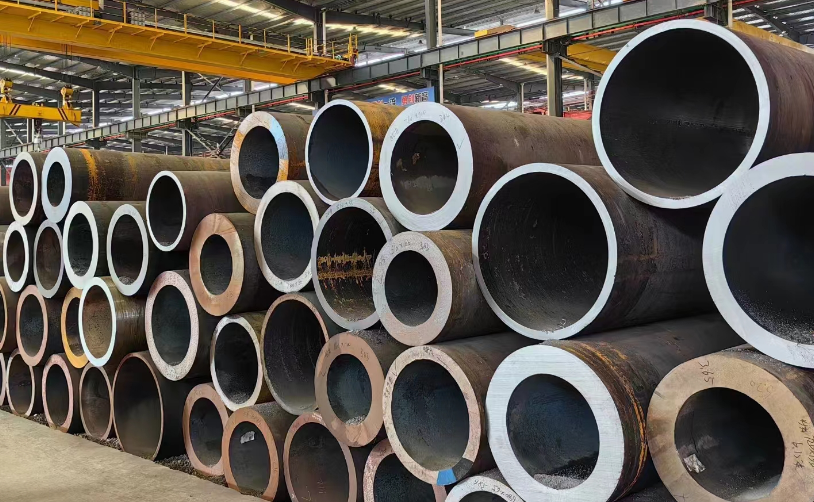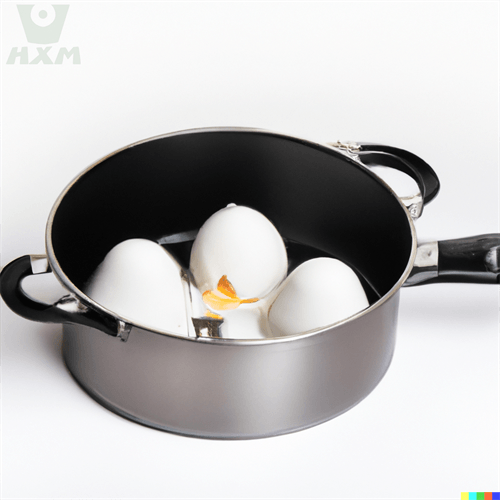Carbon steel pipe fabrication is a crucial process in the industrial sector, involving the shaping, cutting, welding, and finishing of carbon steel pipes to meet specific design and functional requirements. In this article, we aim to provide a comprehensive overview of carbon steel pipe fabrication, discussing its key stages, techniques, challenges, and advancements.

Carbon Steel Pipe Fabrication – An Overview
I. Carbon Steel Pipe Fabrication Process:
The carbon steel pipe fabrication process typically begins with the selection of appropriate raw materials. Carbon steel, with its unique combination of strength, ductility, and weldability, is a preferred choice for pipe fabrication. The selection of carbon steel grade depends on the desired mechanical properties, corrosion resistance, and cost considerations.
Once the raw material is chosen, it undergoes various stages of fabrication. These stages include cutting, bending, shaping, welding, and finishing.
- Cutting: Carbon steel pipes are cut to the desired length using mechanical or thermal cutting methods such as plasma cutting or laser cutting. These methods offer precision and speed, enabling efficient pipe fabrication.
- Bending and Shaping: Bending and shaping are achieved using hydraulic presses, mandrels, and other specialized equipment. These processes allow for the creation of pipes with complex geometries, such as curves and elbows.
- Welding: Welding is a crucial step in carbon steel pipe fabrication, as it joins the cut and shaped pieces together. Various welding techniques, such as butt welding, fusion welding, and resistance welding, are employed depending on the specific requirements of the application. Welding quality is critical to ensure the structural integrity and leak-proofness of the fabricated pipes.
- Finishing: After welding, the pipes undergo various finishing processes such as heat treatment, grinding, and coating. Heat treatment improves the mechanical properties of the steel, while grinding removes any rough edges or weld seams. Coating, such as painting or galvanizing, enhances corrosion resistance and extends the service life of the pipeline.
II. Challenges and Advancements in Carbon Steel Pipe Fabrication:
Carbon steel pipe fabrication faces several challenges, including maintaining consistent quality, ensuring structural integrity, and meeting tight tolerances. To address these challenges, the industry has seen advancements in technology and processes.
- Automated Fabrication: The introduction of automated equipment and robots has significantly improved the efficiency and precision of carbon steel pipe fabrication. These systems can perform tasks such as cutting, welding, and finishing with greater speed and accuracy, reducing human error and operational costs.
- Advanced Welding Techniques: Advancements in welding technology, such as high-energy density welding methods, have enabled faster and more reliable welding of carbon steel pipes. These techniques provide better weld quality, reduce distortion, and improve overall pipe performance.
- Quality Control and Inspection: Strict quality control measures and inspection procedures are essential to ensure the reliability and safety of carbon steel pipes. Modern inspection techniques, including ultrasonic testing, radiographic testing, and magnetic particle inspection, allow for the detection of any defects or imperfections in the fabricated pipes.
- Sustainable Fabrication Practices: In recent years, there has been a focus on sustainable fabrication practices to reduce environmental impact and waste generation. This includes the use of recycled materials, energy-efficient manufacturing processes, and eco-friendly coatings and finishes.
Conclusion
Carbon steel pipe fabrication is a crucial aspect of various industries, requiring precision, expertise, and continuous innovation. The advancement of technology and processes, such as automated fabrication, advanced welding techniques, and quality control measures, have significantly improved the efficiency, quality, and sustainability of carbon steel pipe fabrication.
However, with the evolving needs and demands of the industry, there is always room for further improvement and innovation. It is essential to stay updated with the latest trends and developments to ensure that carbon steel pipe fabrication remains competitive, reliable, and sustainable.
Thank you for reading our article and we hope you’ve enjoyed it. If you are looking for carbon steel pipe suppliers online now, we would advise you to contact Huaxia Steel. As a leading supplier of carbon steel products from Shanghai China, Huaxia Steel provides customers with high-quality carbon steel pipes, carbon steel, tool steel, alloy steel, and carbon steel tubes at a very competitive price.








